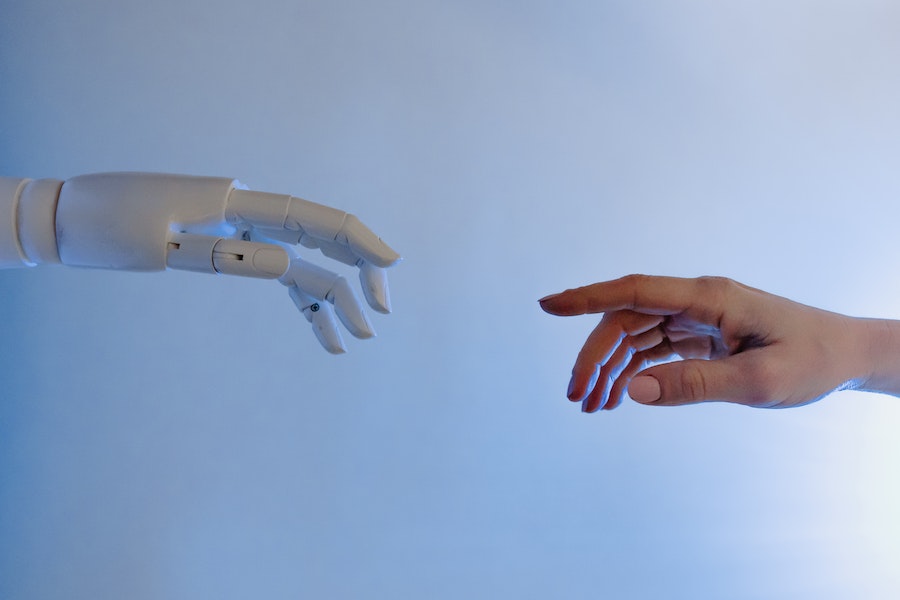Harnessing Generative AI in Custom Development Environments
Introduction
Generative Artificial Intelligence (AI) is revolutionizing the way developers create custom solutions. This case study explores the success story of TechGen, a software development company that adopted generative AI in their custom development environment. Discover how TechGen leveraged the power of generative AI to enhance their development process, boost productivity, and deliver innovative solutions to their clients.
The Challenge
TechGen faced challenges in developing complex and customized software solutions efficiently. They encountered repetitive tasks, time-consuming code generation, and the need to stay ahead in an evolving technological landscape. They sought a solution that could automate parts of the development process while maintaining flexibility and customization.
The Generative AI Solution
Recognizing the potential of generative AI, TechGen integrated it into their custom development environment. The following sections highlight the key aspects of their generative AI adoption:
- Training Data Collection
TechGen collected a vast amount of data from their existing codebase, including code samples, patterns, and best practices. They organized and labeled the data, ensuring it was representative of their development domain.
- Model Training
Using the collected data, TechGen trained a generative AI model specific to their development needs. They employed techniques such as deep learning and neural networks to teach the model how to generate code snippets, templates, and even entire modules based on given specifications.
- Code Generation and Automation
With the generative AI model in place, TechGen automated repetitive coding tasks. The model could generate boilerplate code, handle routine tasks like input validation, or even propose optimized algorithms based on input requirements. This automation accelerated development and reduced manual effort.
- Customization and Adaptability
TechGen ensured that the generative AI system was adaptable to their specific requirements. They fine-tuned the model, incorporating feedback from developers and optimizing it to generate code that aligned with their development standards and practices. This customization allowed for flexible and tailored code generation.
- Collaboration and Human Oversight
TechGen emphasized collaboration between the generative AI system and human developers. The AI system assisted developers by generating initial code drafts, which developers then refined, reviewed, and tested. This collaboration ensured the maintenance of code quality, compliance with business rules, and facilitated knowledge sharing among the development team.
- Continuous Learning and Improvement
TechGen implemented a feedback loop to continuously improve the generative AI model. They collected feedback from developers, analyzed the generated code's effectiveness, and iteratively refined the model to enhance its accuracy, reliability, and adherence to coding standards.
Conclusion
Triosource's experience with generative AI demonstrates the transformative impact of integrating AI technologies in custom development environments. By harnessing generative AI, they improved productivity, ensured code consistency, facilitated customization, and gained a competitive advantage. This successful adoption showcases the potential of generative AI to revolutionize the software development process, empowering developers to deliver innovative and customized solutions efficiently.
